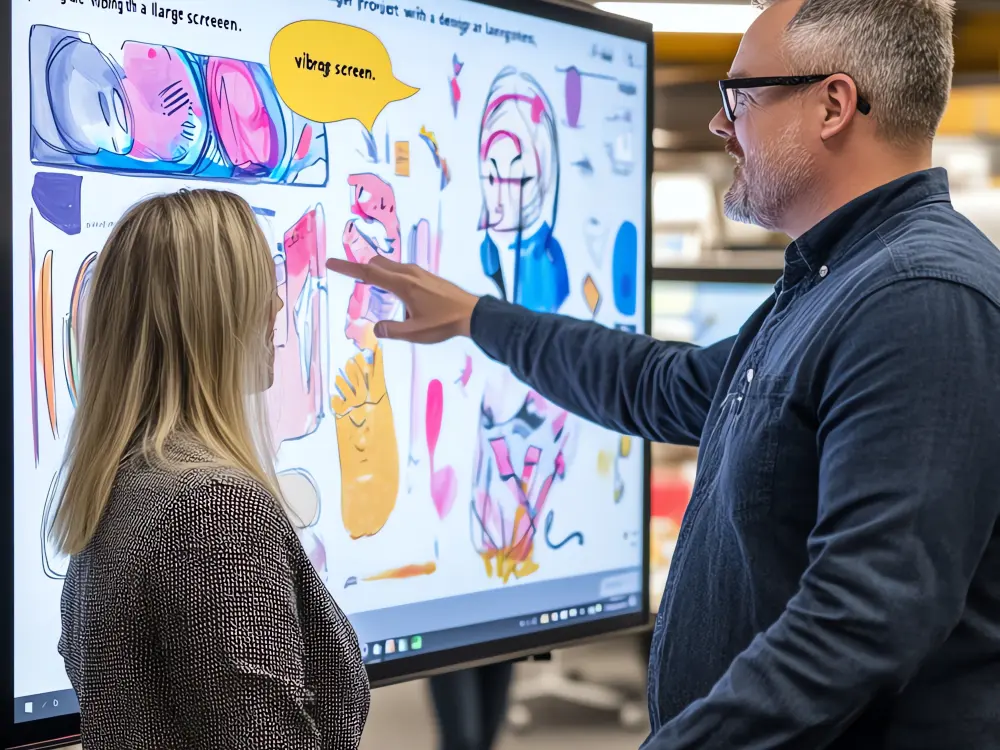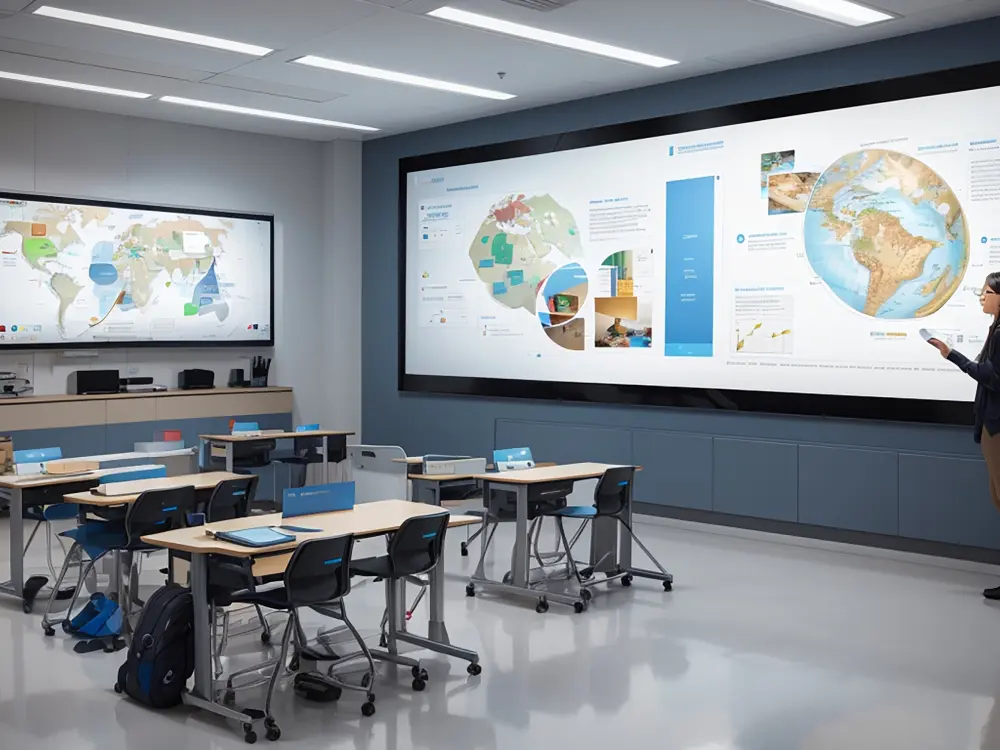The debate between smartboards and whiteboards is more relevant than ever as technology increasingly shapes classrooms and workspaces. Both tools have their merits, but which one is better for your specific requirements? Smartboards bring modern interactivity, while whiteboards remain a cost-effective and practical choice. This guide will help you navigate the decision by comparing their usability, features, and applications.
1. Simple Usability Meets Interactive Engagement
Whiteboards are straightforward and easy to use. They’re perfect for quick brainstorming sessions or jotting down notes during meetings. However, they lack advanced features and can only display static content. Smartboards revolutionize engagement with their touch-sensitive displays, allowing users to interact directly with multimedia content. Teachers can annotate over videos, and professionals can edit presentations in real-time. This interactive edge makes smartboards a preferred choice for dynamic settings.2. Budget: Short-Term vs. Long-Term Investment
If cost is your primary concern, whiteboards are a more affordable option. They have low upfront costs and require minimal maintenance, making them a good fit for tight budgets. However, smartboards offer long-term value by reducing paper and printing costs. Schools and offices that adopt smartboards often save resources through their digital integration. For example, a teacher can reuse interactive lesson plans instead of preparing new materials for every class.3. Features That Enhance Collaboration
Whiteboards are great for basic tasks but are limited to a single user at a time. In contrast, smartboards allow multiple people to work on the same screen simultaneously. This is ideal for group projects, brainstorming sessions, and hybrid meetings. For instance, a corporate team can annotate a shared document while colleagues in another location view the updates live. This level of collaboration is impossible with traditional whiteboards.4. Multimedia Integration for Better Understanding
Whiteboards fall short when it comes to multimedia capabilities. They cannot play videos or display interactive elements, limiting their effectiveness in tech-forward environments. Smartboards excel here, supporting video playback, internet browsing, and even real-time app integrations. Teachers can explain complex concepts with the help of interactive simulations, while business leaders can use video demos to captivate their audiences.5. Eco-Friendly Considerations
Traditional whiteboards rely on disposable markers, which add to waste. Over time, the need for replacement markers increases costs and impacts sustainability. Smartboards, on the other hand, are a more eco-friendly choice. By eliminating the need for markers and paper, they help organizations reduce their carbon footprint and align with sustainability goals.6. Durability and Maintenance
Whiteboards require frequent cleaning and are prone to ghosting (marker stains that don’t erase). Over time, this can reduce their usability and necessitate replacement. Smartboards are built for longevity. With occasional software updates and basic care, they can last for years without losing functionality. This makes them a durable investment for schools and businesses alike.Real-Life Example: Israk Solutions in Action
Israk Solutions has been at the forefront of integrating smartboards into classrooms and offices across Malaysia. In one school, replacing traditional boards with smartboards led to a significant increase in student participation and engagement. Similarly, a corporate client utilized smartboardsfor hybrid meetings, improving team collaboration and project outcomes.Why Choose Israk Solutions?
As a trusted provider of smartboard technology, Israk Solutions offers:- Tailored solutions to fit your specific needs.
- Professional installation and seamless integration.
- Ongoing technical support and training.





